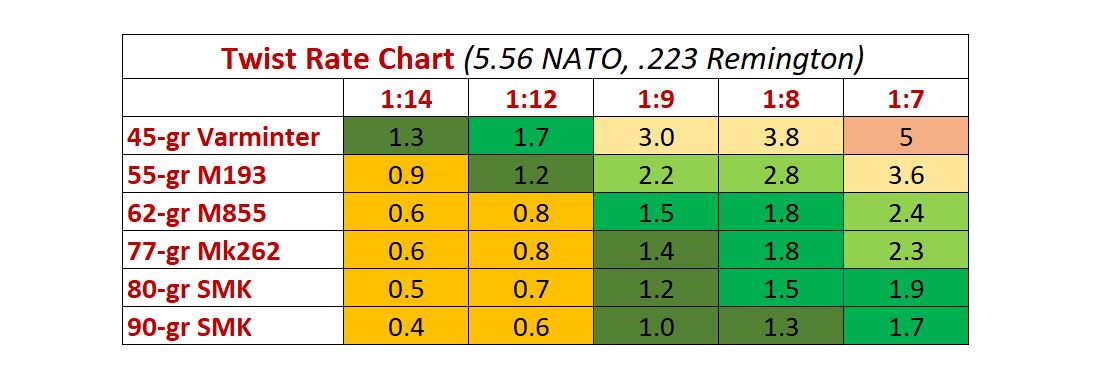.45 ACP Ammo Questions
BY PGFFound on social, here is the initial question:
I have a question about 45 ACP ammunition.
It appears to me that there are two weight classes of ammo: 230 and 185 grain. Why is this and what’s the correct weight to pick for a self defense and training? I will be shooting using a 5″ barrel 1911.
Thanks for your comments.
The answers were shallow, so the asker rephrased them in a way you might find interesting to discuss:
I think the question I have is two part (1) defensive ballistics and (2) training.
Defensive Ballistics:
Are the heavier or lighter rounds better with regards to hollow point bullets? Do people pick light bullets because they travel faster allowing better expansion? Does this matter, i.e., do both weights expand the same? I kind of like the idea of a heavier round that may impart higher energy to the target. What is the trade off between weight, velocity, energy, and expansion? Because there seem to be either heavy or light bullets, is the decision already clearly made?Training:
When I purchase my 9mm ammo, I picked an carry round and training round that were identical weight and rated velocity. My assumption was that I would train using the cheaper ammo and carry the expensive ammo, but the feel of the shot would be the same. I was told by someone that carries 1911 that, “I train with 230 grain and carry 185 grain.” This makes no sense to me since I imagine that the two will have very different feel. Am I wrong?Thanks,
Well, I train with 230 and carry 185, so maybe I’m wrong. I’m interested in feedback as well. Frankly, 230 JHP is expensive and often difficult to find because, I think, police departments are always buying it. His questions are excellent.




